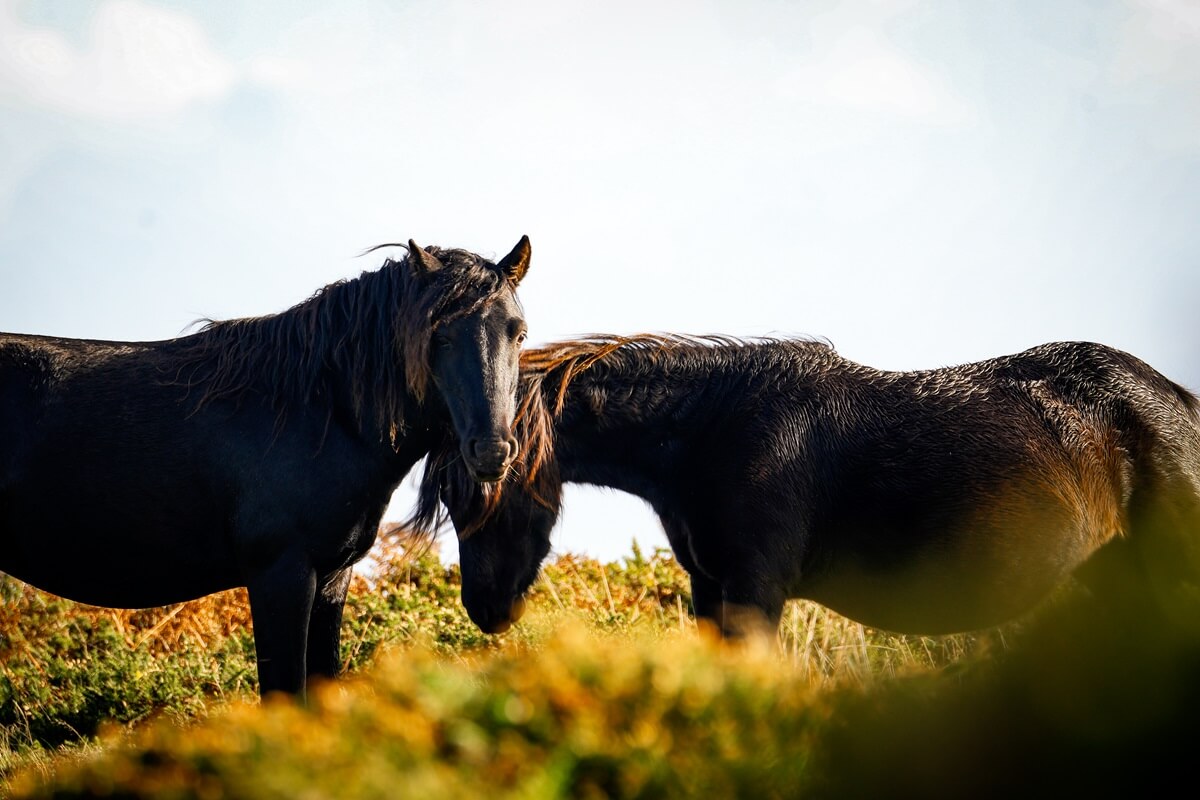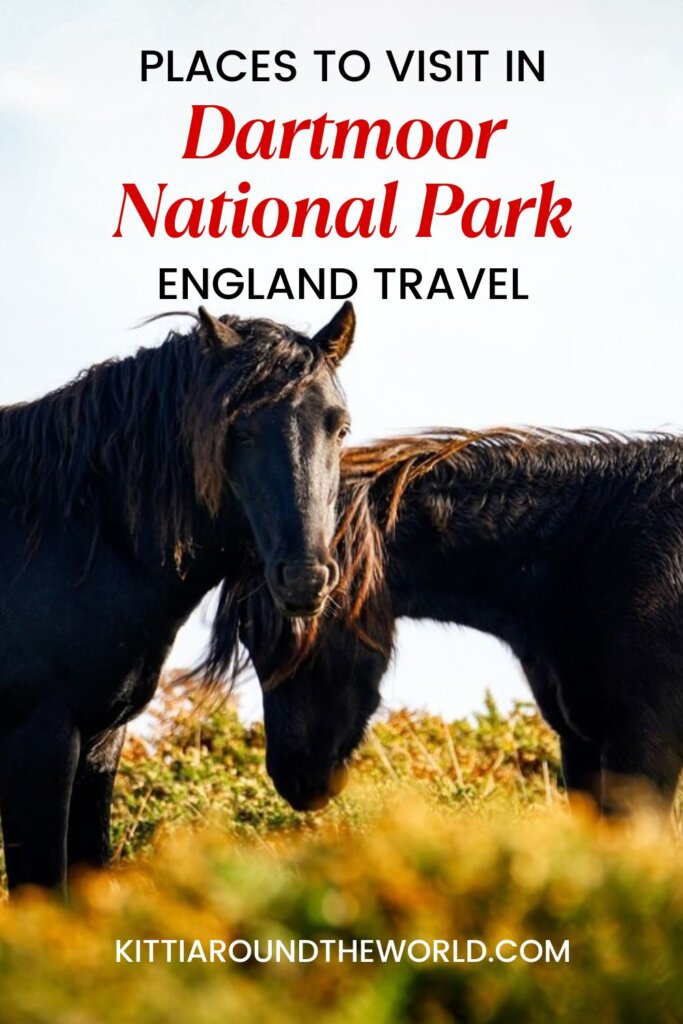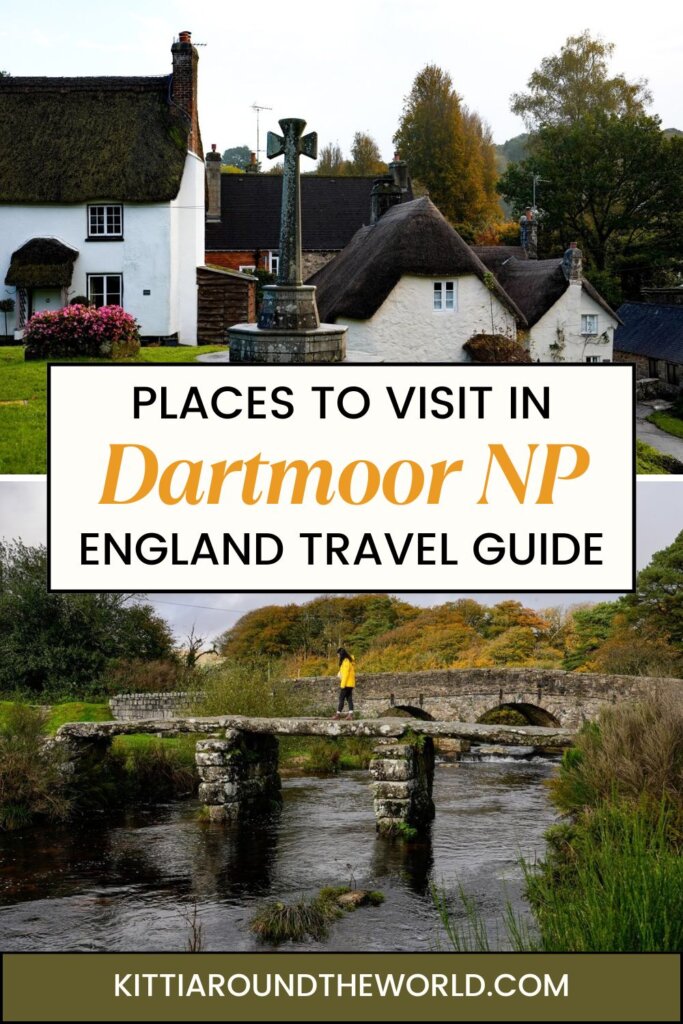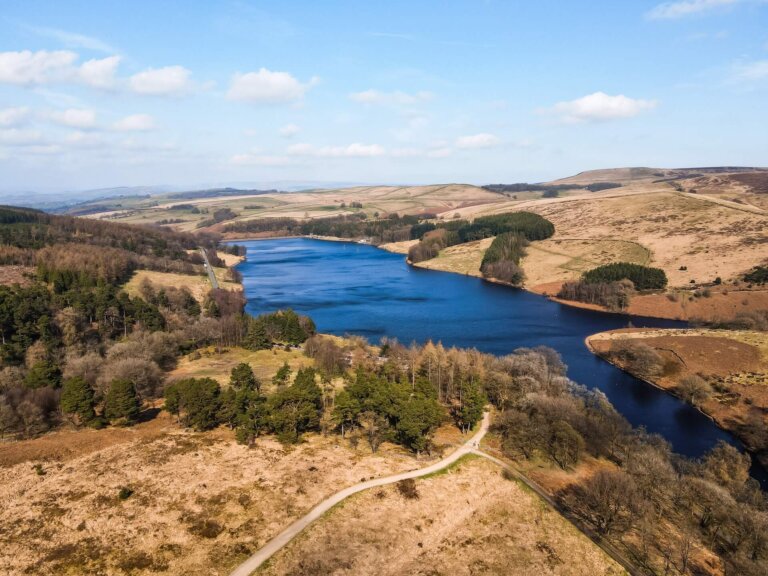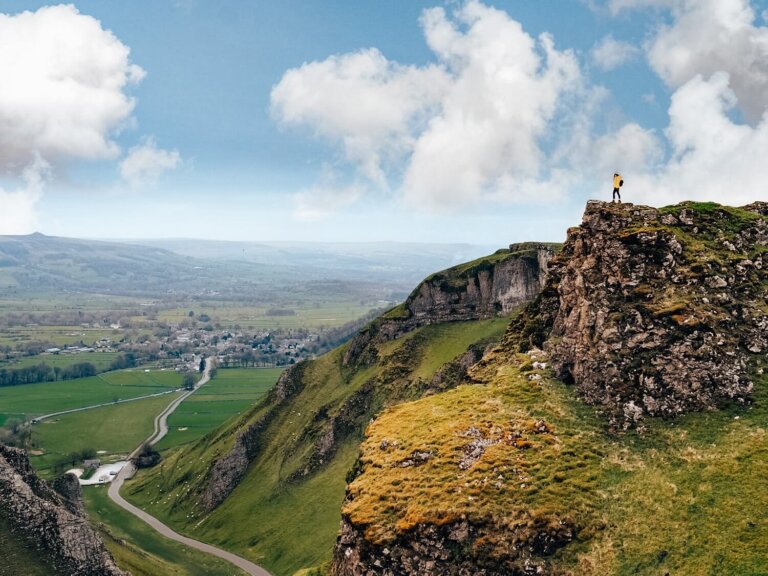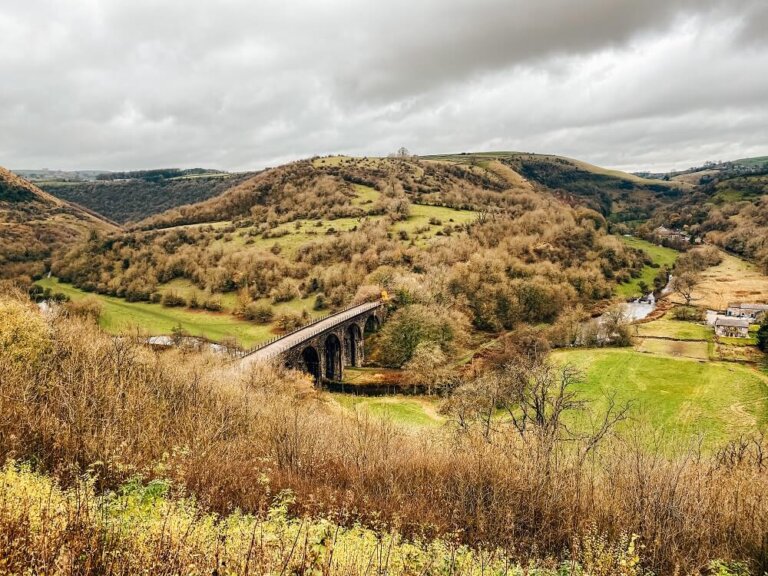Best Places to Visit in Dartmoor National Park, Devon
In this guide you’ll find some of the best places to visit and things to do in the beautiful Dartmoor National Park. Dartmoor offers a variety of activities for visitors thanks to its expansive moorland, impressive rock formations, unique wildlife, miles of hiking trails, charming towns and historical sites.
Over the years we’ve travelled down to Cornwall, hiked along the Jurassic Coast in Dorset and road-tripped through Somerset. For some reason, we always skipped visiting Devon. So, we took a week off work and decided to see what Devon had to offer. We visited Dartmoor and Exmoor National Park and had a fantastic time in both.
Disclosure: This post may contain affiliate links, which means we may receive a small commission if you click a link and purchase something. Clicking these links won’t cost you anything, but it will help us to keep this site up and running! Learn more about our affiliate policy.
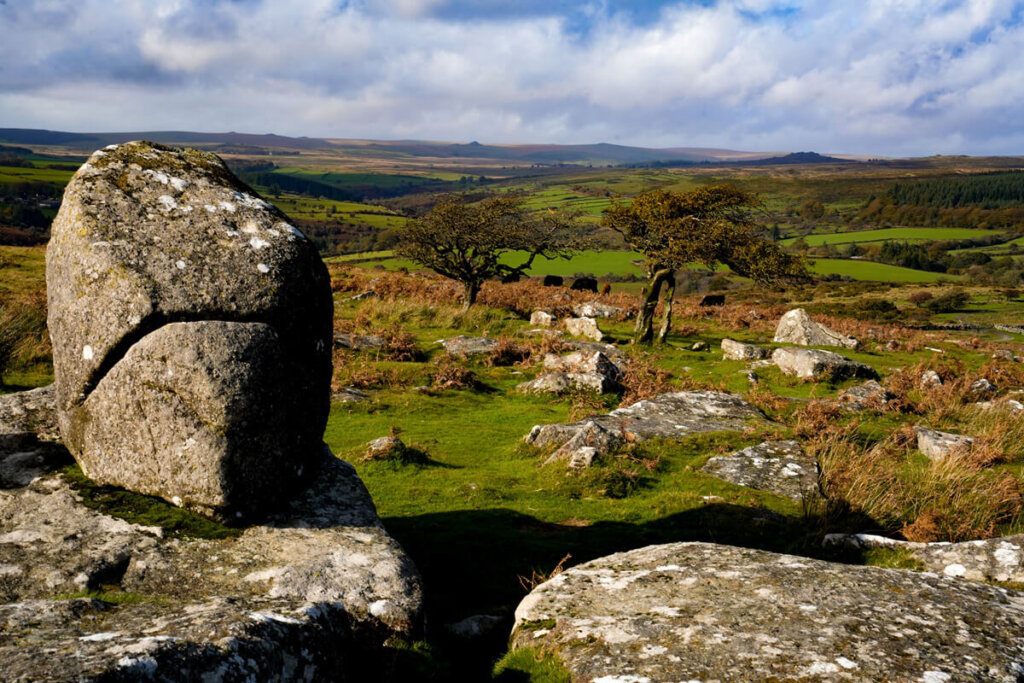
About Dartmoor National Park
Dartmoor National Park is situated within the county of Devon in South West England. It has been a National Park since 1951 and is managed by the Dartmoor National Park Authority. For over 200 years, parts of the park have also been used as military firing ranges.
Dartmoor is home to heather-filled open moorland, river valleys, impressive tors, and also has a rich abundance of wildlife, including the adorable Dartmoor ponies. In addition, the national park is considered an important Bronze Age archaeological site within Western Europe. Unsurprisingly, many poets and authors have been inspired by the beauty of this part of England.
As you’ll see below, a visit to Dartmoor can easily be filled with a variety of activities from hiking, cycling and kayaking, to visiting historical sites or just simply enjoying the stunning scenery.

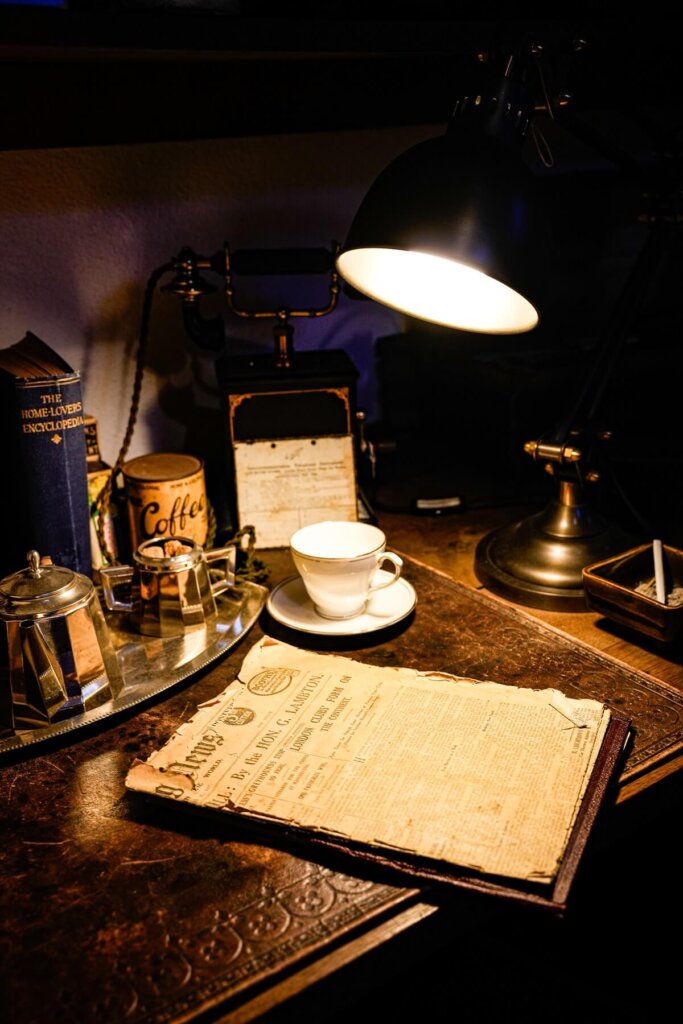
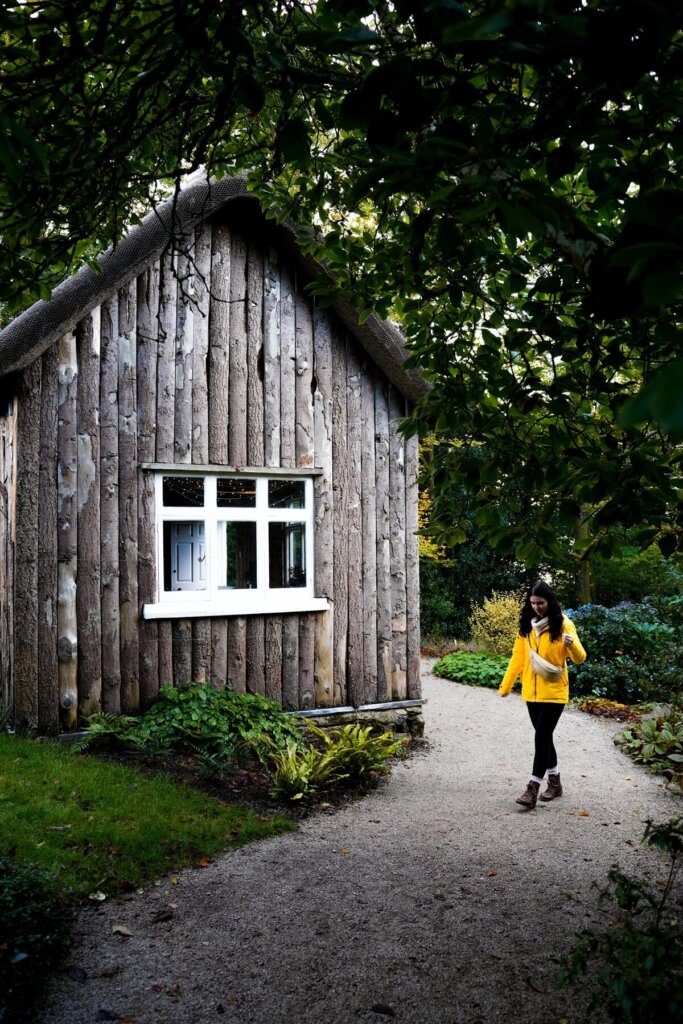
Places to Visit and Things to Do in Dartmoor National Park
Visit Castle Drogo – The Last Castle to be Built in England
We love visiting historical homes and castles, so we didn’t hesitate in adding Castle Drogo to our itinerary when we learnt that it was the last castle to be built in England.
Castle Drogo was designed by architect Sir Edwin Lutyens for Julius Drewe and his family. Whilst it looks like a medieval castle it was only built between 1911 and 1930.
Inside the castle we could walk around the library, drawing room, dining room, kitchen, nursing room and sitting rooms. They were filled with an impressive collection of books, furniture and paintings. In addition, we could also take a stroll around the formal gardens and visit the small chapel and cafe.
Entry fee and opening times. Castle Drogo is open every day. The admission fee is currently £15 per adult, plus you’ll also have to pay a £3 parking fee. However, if you’re a National Trust member, then you can visit the castle for free. For up-to-date fees and opening times, please visit the official website.
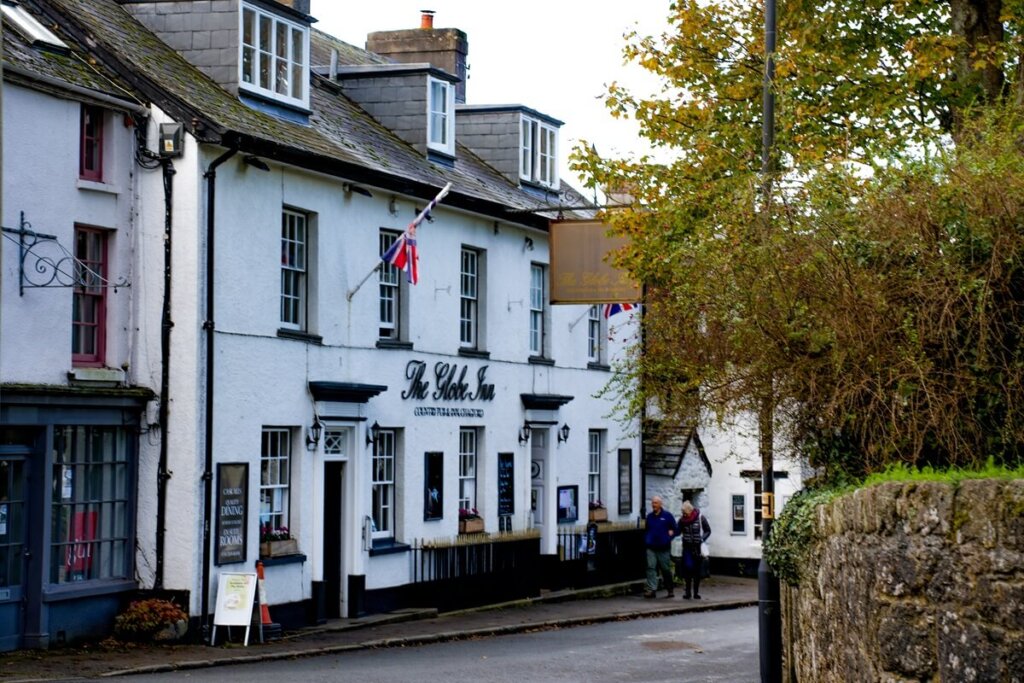
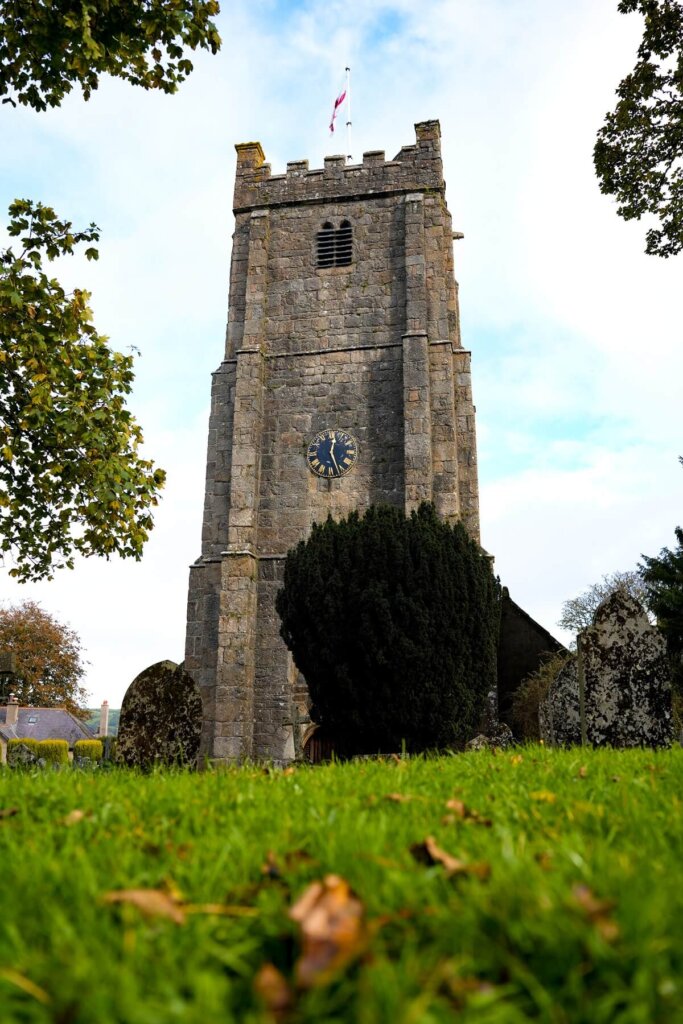
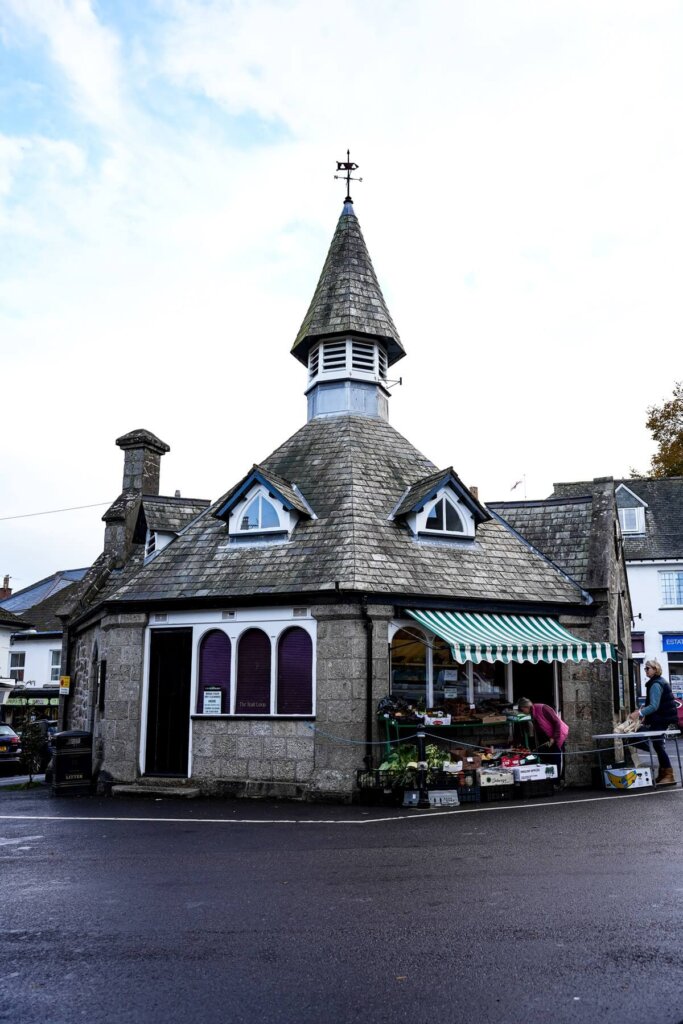
Stop By the Quaint Town of Chagford
The small town of Chagford is located close to Castle Drogo, so we decided to stop there after our visit to the castle.
Chagford used to be the centre of the wool trade and contained numerous factories and mills which produced textiles. Today, you can still see some of these historical landmarks such as the 17th century octagonal market house, which is where many local events are held. We also enjoyed browsing through the independent shops and grabbing a nice hot drink at one of the cafes.

Enjoy a Devon Cream Tea
You simply can’t come to Devon and not have an afternoon cream tea. If you’re not from the UK, then cream tea is essentially a little afternoon treat that includes a pot of tea, scones, jam and clotted cream.
You may or may not be aware that there is a huge scone debate in England, both on the pronunciation and on how to eat it, and we’re sure that you have your own way of eating a scone too. If you didn’t know, there are two ways to eat a scone: either the Cornish way or the Devon way.
Now, if you put jam on your scone first, then it’s the Cornish way. However, if you put cream first, it’s the Devon method. Needless to say that if you’re eating a scone in Devon, just remember to spread the clotted cream on your scone first.
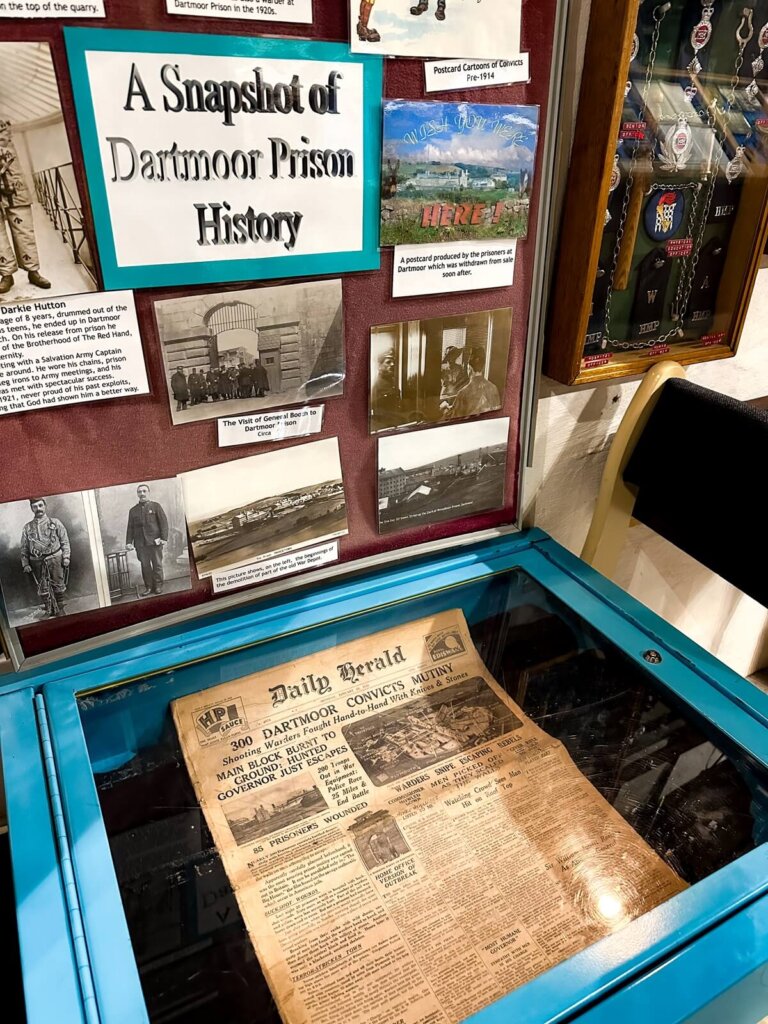
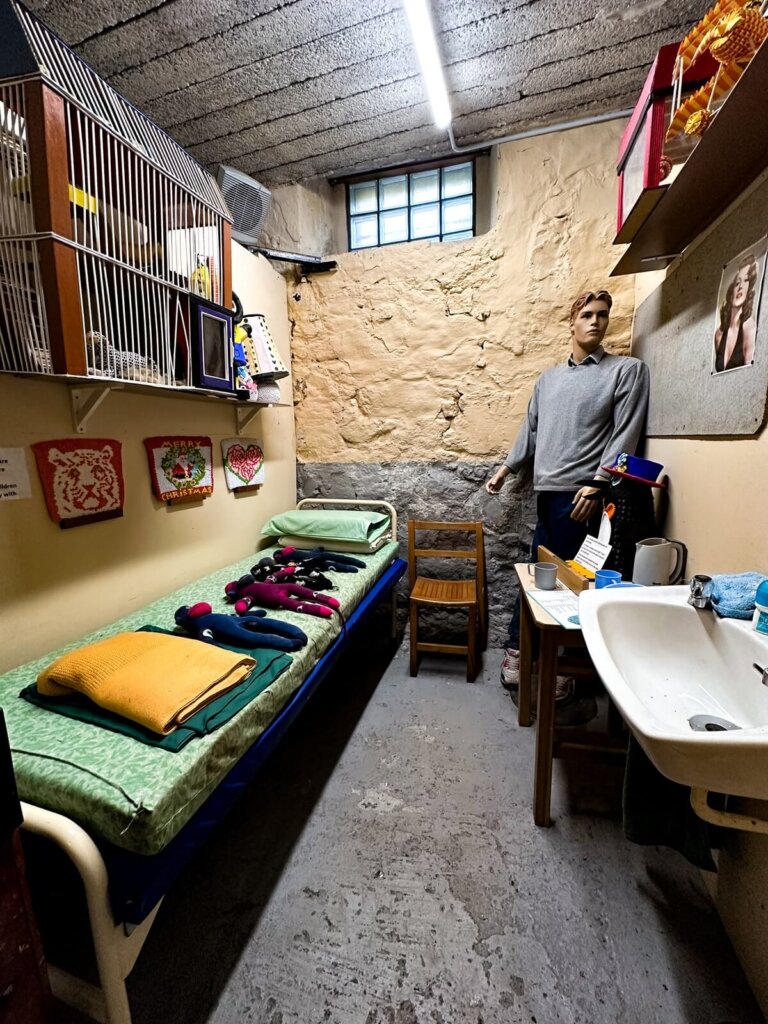
Visit Dartmoor Prison Museum
One of the most interesting places we visited in the national park was Dartmoor Prison Museum. Dartmoor Prison is located in Princetown and is still an active jail. It began operations in 1809 and a short amount of time later became heavily overcrowded, especially when it was also home to many French and American prisoners of war. The prison closed between 1816 and 1850, then re-opened as a convict jail. In 1917 the prison operated as a Labour Camp.
Today it is a Category C prison, which means that it only holds around 600 low category prisoners. They actually have the chance to undertake training programmes, such as working in the prison museum. Within the museum you’ll be able to learn about the history of the prison and also about the daily life of the inmates. They have a very interesting collection of exhibits, some of which are related to objects used in potential jailbreaks.
Entry fee and opening times. The museum has a small admission fee (£4). You can get up-to-date opening times and entry prices from their website.
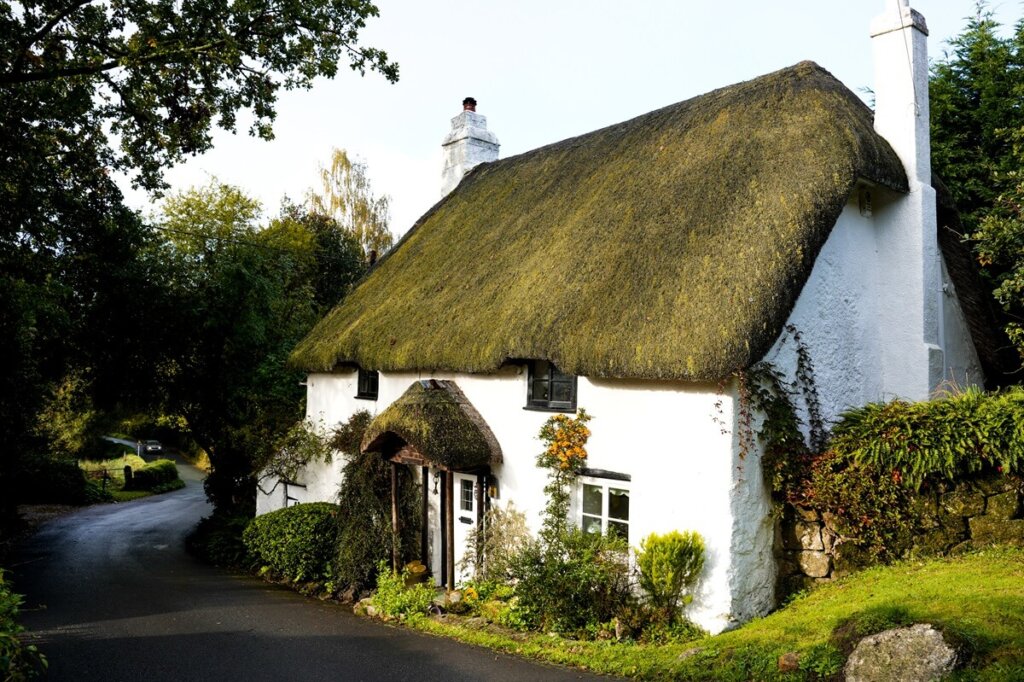
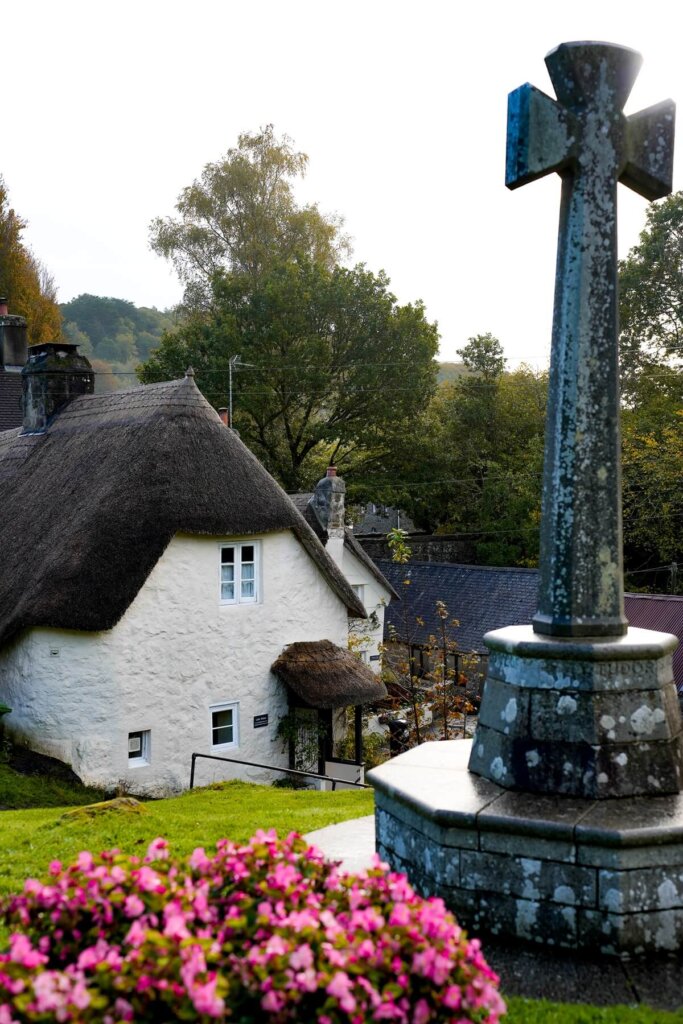

Stop in Lustleigh – The Prettiest Village in Dartmoor
When something is dubbed ‘the prettiest village’ in any destination we visit, you know that we have to see it for ourselves. So of course the next stop on our Dartmoor itinerary was Lustleigh, a small village located in the Wray Valley.
Whilst Lustleigh is tiny, there are a few things you can do there, from admiring the beautiful traditional thatched cottages and the small church to going for a walk or just enjoying a homemade cake and hot cuppa at Primrose Tea Rooms.
After our short but sweet visit, we can confirm that the village is indeed a lovely mix of thatched cottages and narrow streets set in a lush green valley. To us, it was very similar to the villages we visited during our time in the Cotswolds. So, if you want to visit a typically quintessential British location, then Lustleigh should be definitely be on your itinerary too.

Spot Some Dartmoor Ponies
The most adorable residents of the national park are the Dartmoor ponies. This special breed has been living in the area since the Middle Ages. Over the centuries people have used ponies for many things including for riding, agricultural work and to transport tin from the mines.
They are no more than 12 hands in height, can come in a variety of colours and normally weigh around 440 pounds. Thanks to living in the harsh Dartmoor conditions they have become a very resilient and adaptable breed. You may think that the harsh environment would make them a bit wild. However, they actually have a warm temperament compared to other ponies with similar backgrounds.
Unfortunately, their numbers have declined over the years, and today they are protected and owned by the local Dartmoor Commoners Council. Don’t worry though, you’ll still be able to spot some as you’re driving or hiking around the park. We saw quite a few as we were driving between Two Bridges and Tavistock, and also around the Hounds Tor area.
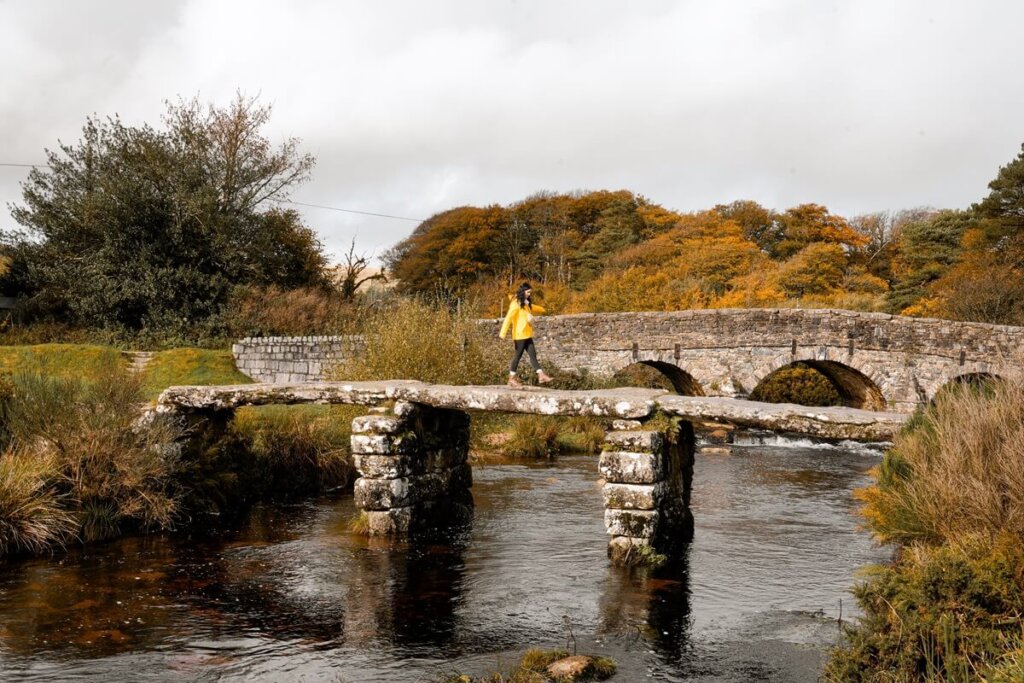
Walk Across Postbridge Clapper Bridge
A lovely historical landmark on our Dartmoor itinerary is the Postbridge Clapper Bridge. We actually visited a similar clapper bridge in Exmoor National Park called the Tarr Steps. This picturesque medieval bridge is located in Postbridge, to the north of Two Bridges in Dartmoor. Yes, the word ‘bridge’ is definitely getting a bit over-used here!
The bridge is only about 1.5 m wide and crosses the East Dart River. It was initially built to handle the increased packhorse traffic that was associated with the tin trade at the time. Of course there is also now a modern bridge next to the old one that handles car traffic.
The location is super photogenic, so we definitely enjoyed taking some photos of this historical feature in Dartmoor. You could also plan a shorter or longer walk in the area, or just enjoy a picnic on the river bank, especially if the sun is shining.
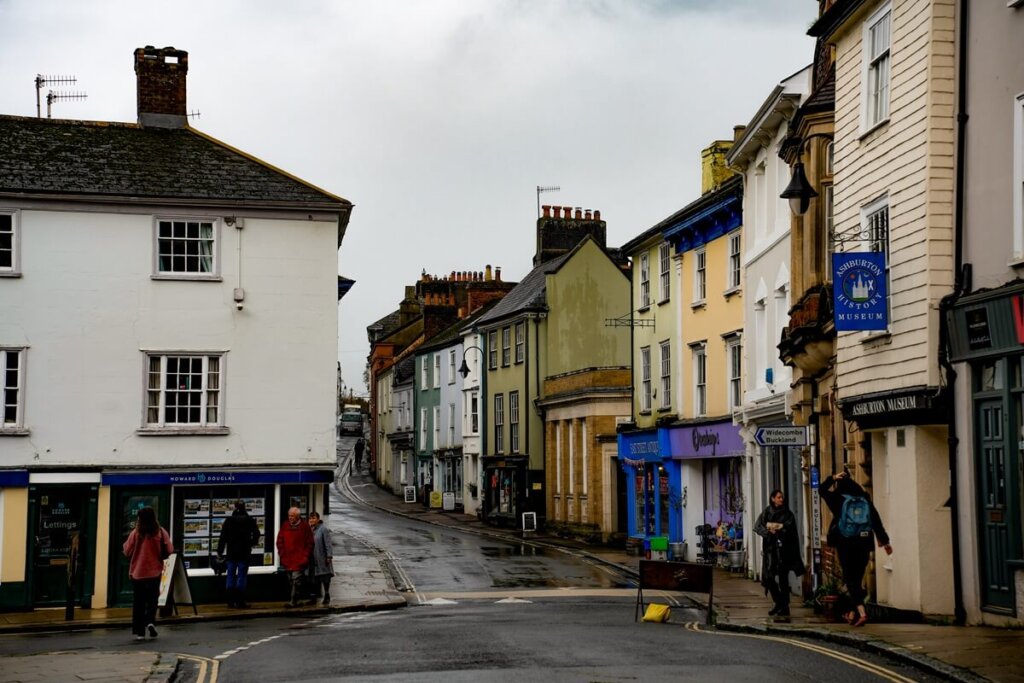
Wander Around Ashburton
Ashburton is one of the largest towns in Dartmoor National Park and is also known as the ‘gateway to Dartmoor’.
In the Middle Ages the town was an important centre for the tin trade and was also one of the four official ‘stannary towns’. Today, Ashburton is a lively place filled with eateries, pubs, shops and, of course, a number of historical buildings such as St Lawrence Chapel or St Andrew’s Church. If you enjoy unique treasures, then you won’t have trouble finding something in one of the many antique shops. There are also several other independent shops we enjoyed browsing through.
In addition, you can still attend some interesting festivals here if you visit at the right time of year, such as the annual ale tasting and bread weighing events.
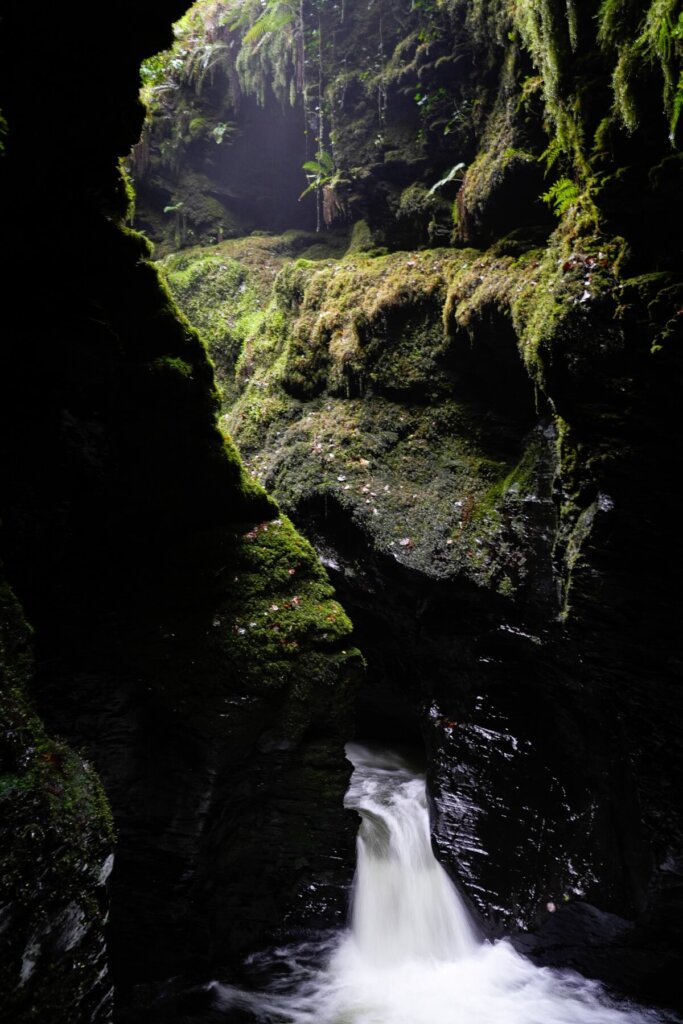

Go for a Hike in Lydford Gorge
One of our favourite places to visit in Dartmoor National Park was Lydford Gorge. The gorge is located within one of Dartmoor’s ancient woodlands and is one of the deepest gorges in the South West. It is owned and managed by the National Trust and is also designated as a Site of Special Scientific Interest (SSSI).
There are two main attractions within the gorge: Whitelady Waterfall and Devil’s Cauldron.
Whitelady is a beautiful 30m high waterfall that plunges into the River Lyd. We completed the short circular walk that took us down to the waterfall as well as allowing us to walk along the river for a short while. You can actually opt for a much longer hike which takes you all the way to Devil’s Cauldron. Since we were a little short on time, we decided to just drive between the car parks and go on another short hike to Devil’s Cauldron.
The Devil’s Cauldron is a must visit place too. It is essentially an incredibly thin section of the gorge where fast flowing water makes a large ‘cauldron’ between the rock walls.
Entry fee and opening times. Lydford Gorge is open every day. The admission fee is currently £11 per adult. However, if you’re a National Trust member, then you can visit the gorge for free. For up-to-date fees and opening times, please visit the official website.
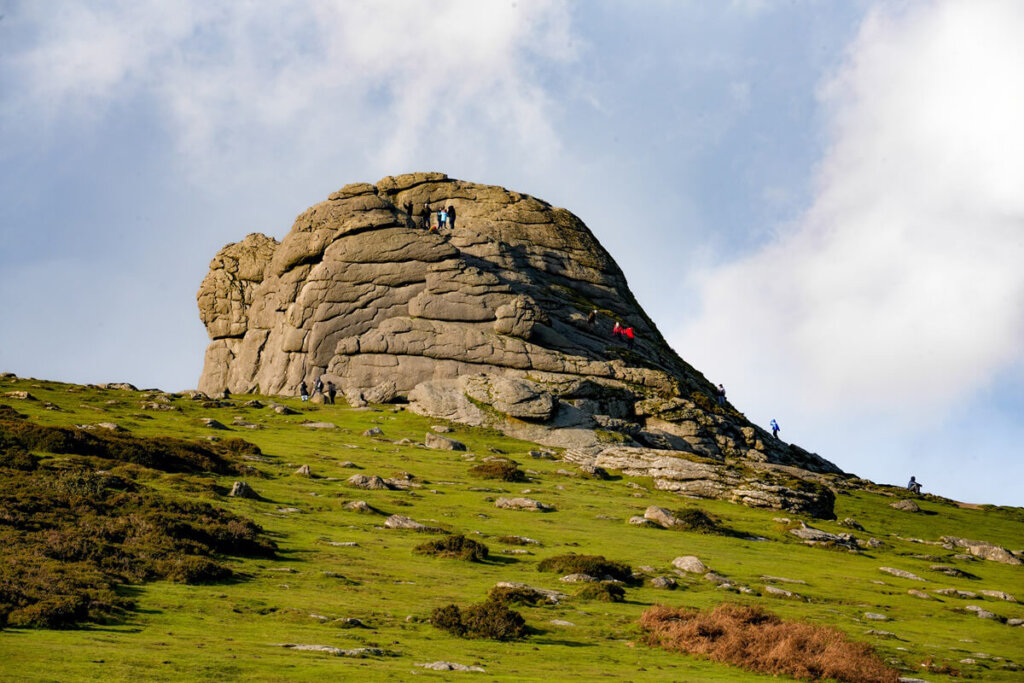
Check Out the Tors of Dartmoor
Some of the most iconic features in Dartmoor are the tors. If you didn’t know, tors are outcrops of granite formed by erosion over time. There are actually over 160 tors scattered across the national park. Whilst you probably won’t be able to visit them all, we’re sure that you’ll want to add a couple to your itinerary.
Since they are all unique, you really can’t go wrong by visiting any of them. However, below we’ve listed the ones which we managed to stop at briefly during our short time in Dartmoor.
- Haytor Rocks
- Bowerman’s Nose
- Hounds Tor
- Bonehill Rocks
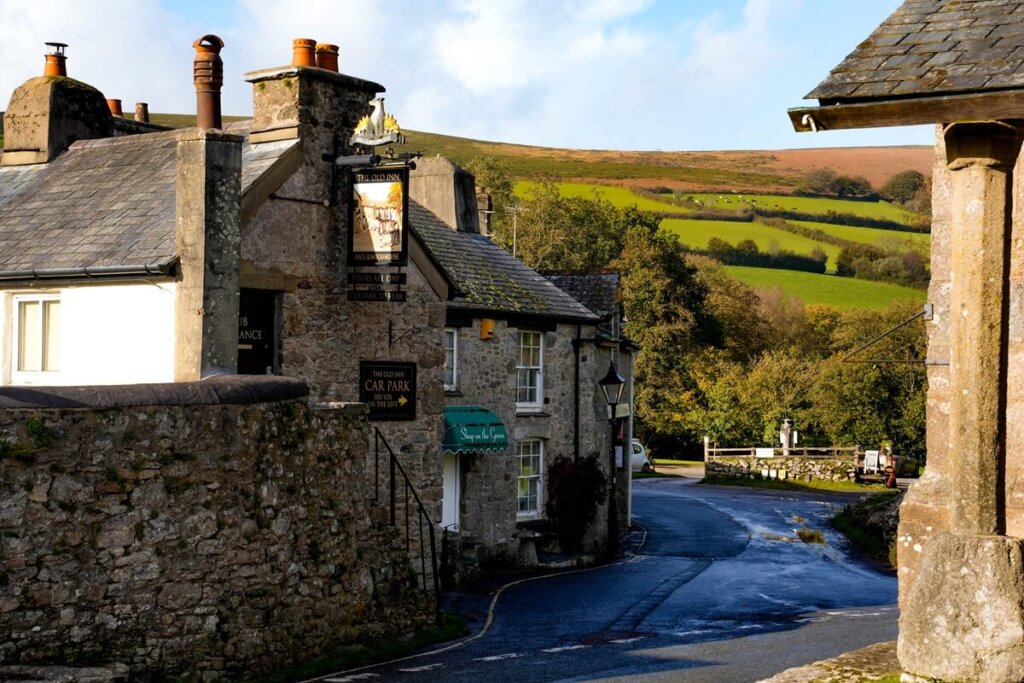
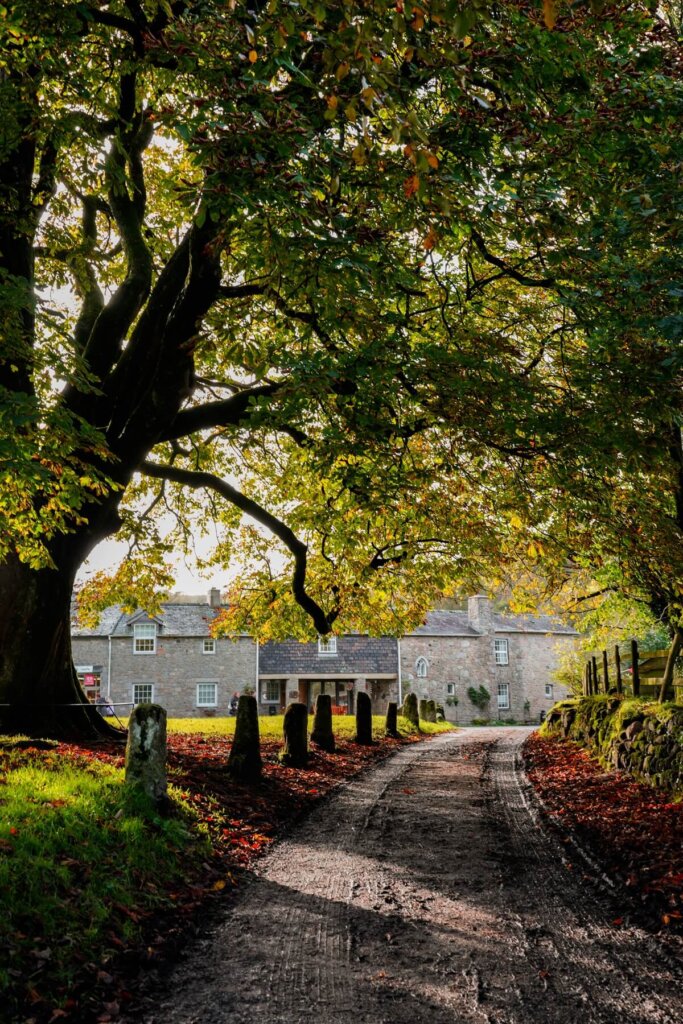
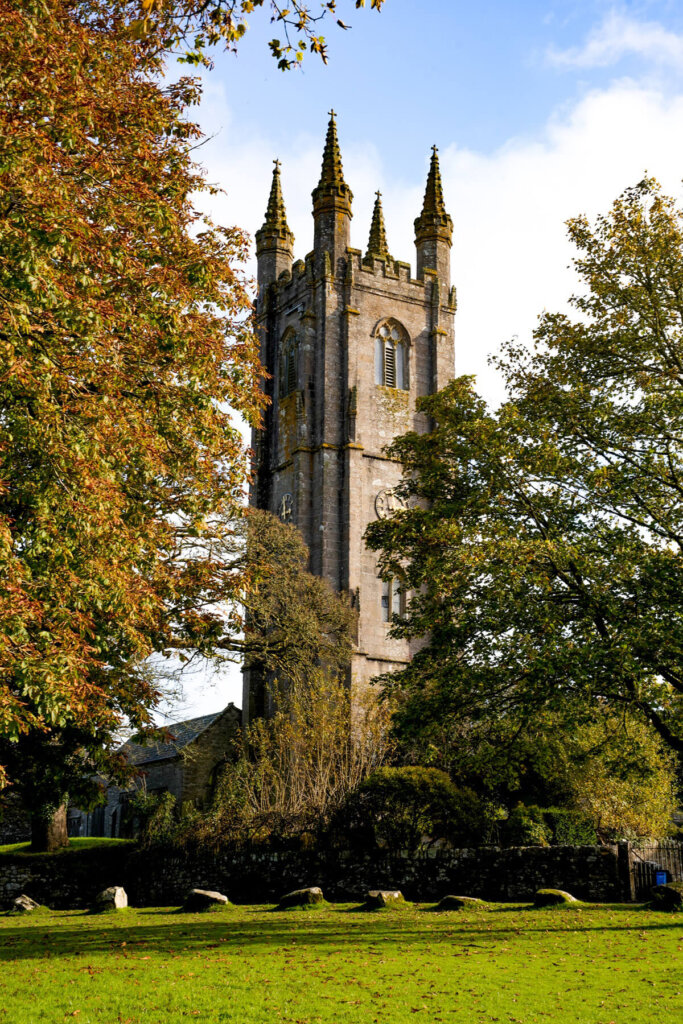
Visit Widecombe-in-the-Moor
Another small village that reminded us of some of the places we’d visited in the Cotswolds was Widecombe-in-the-Moor.
Even though it’s a small settlement, there are a few cafes, pubs and tea rooms where you can grab something to eat. You can also pop into a few of the independent shops or just admire some of the historical buildings, such as St Pancras Church.

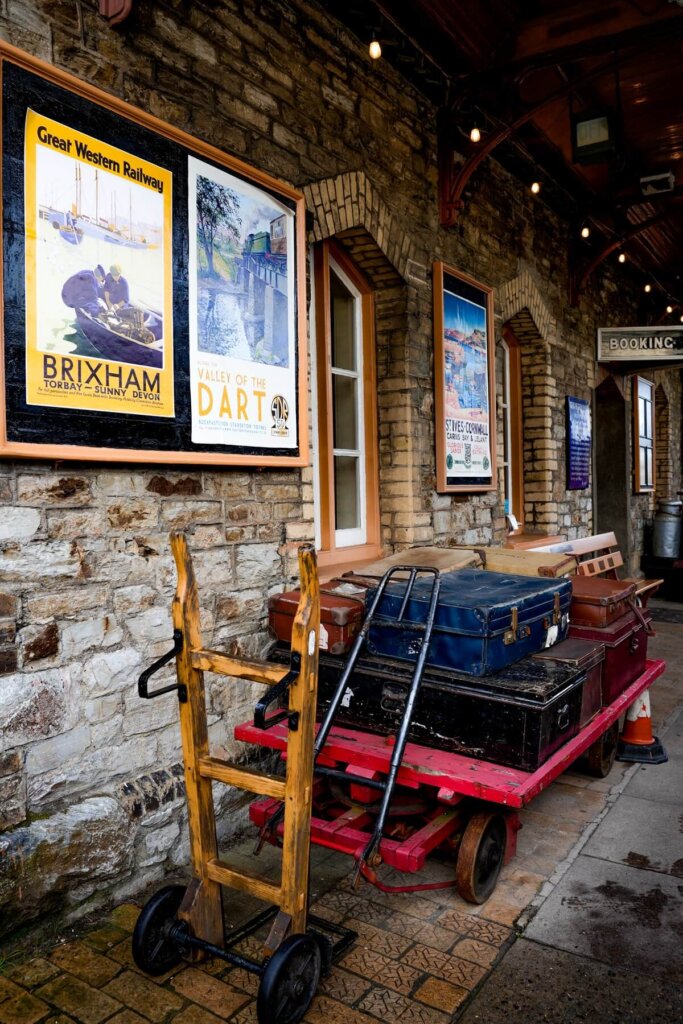
Ride the South Devon Railway
A fun and relaxing activity you can do on the outskirts of Dartmoor is to ride the South Devon Railway. This scenic steam train will take you along the River Dart valley passing rolling hills and farmland.
Running between Buckfastleigh and Totnes, this 7-mile route actually runs along the former Great Western Railway line. Built in 1872, it is the oldest steam railway in the South West of England.
Most visitors choose to depart from Buckfastleigh, where you can also visit a museum, have a picnic or go on a stroll along the river.
You can find more information about timetable and ticket prices on their official website.
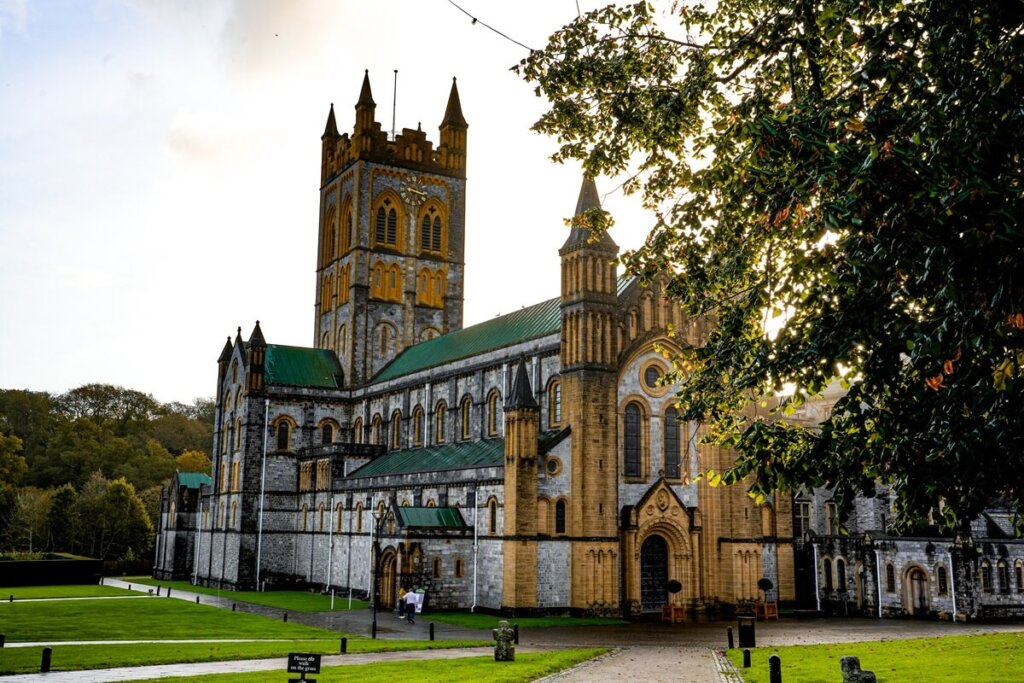
Stop by Buckfast Abbey
Whilst we were in Buckfastleigh, we also stopped by Buckfast Abbey. The abbey is home to Roman Catholic Benedictine Monks and has a long history.
The first monastery was founded here in 1018. In 1147, Buckfast joined the Cistercian Order. Then, in 1539, it was surrendered for dissolution. After the dissolution, the abbey was mostly left to decay and the ownership of the land changed hands many times. However, the site was bought by French Benedictine monks in 1882 who re-founded a monastery there. The monks built a temporary church and made a start on restoring the site. In 1932 the Abbey Church was consecrated.
Today you can visit the abbey as well as its formal gardens and cafe for free. It’s definitely worth a stop, especially if you plan on riding the South Devon Railway.

How to Get to Dartmoor National Park
By Car. The easiest way to get to and around Dartmoor is by car. We had our own vehicle but you can also consider hiring a car if you don’t own one. You can use Google Maps to plan your route. When following the Sat-Nav bear in mind that post codes often refer to much larger areas. You can check out more of our driving related tips below.
By Public Transport. Whilst it may be a bit more of an effort, it’s not impossible to visit Dartmoor using public transport. If you’re coming from further afield, you can plan your journey in Trainline. Some of the closest train stations are Exeter, Newton Abbott, Ivybridge and Totnes.
Once you’re in the area, you can then use local buses to get to the majority of attractions within the national park.
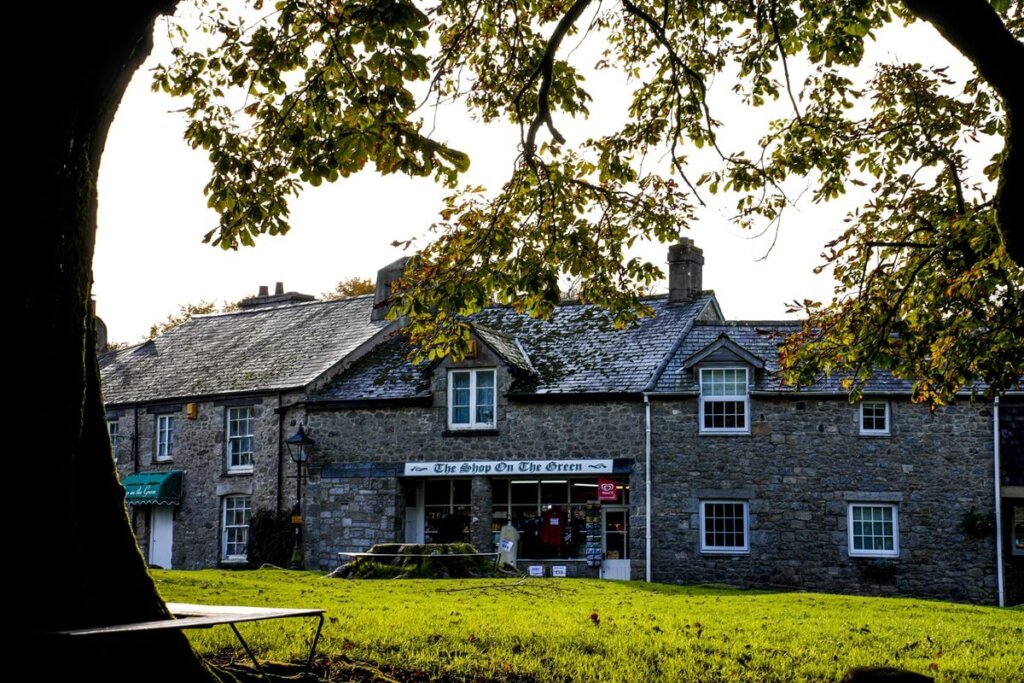
Tips for Visiting Dartmoor National Park
Driving tips. The roads in Dartmoor can be very narrow, so drive carefully. After rain the roads are subject to flooding, and there could be debris on the road too. Not to mention that wildlife and people may also be walking on the roads. There are some pretty steep gradients as well, so watch out for those.
Car parks. Many car parks are pay and display. At some of them you can pay using the mobile app. However, quite a few of them only accept coins. Sometimes there won’t be any signal to download or use the app, so come prepared with some coins just in case.
Signal. Speaking of signal, it can be spotty when driving around depending on your phone provider. If you want to follow the map, then definitely download offline maps.
Consider getting a National Trust membership. There are several sites managed by the National Trust in and around the national park. Entry fees can add up quickly, so if you want to visit multiple locations, we recommend signing up for a membership. Check out their website for more information.
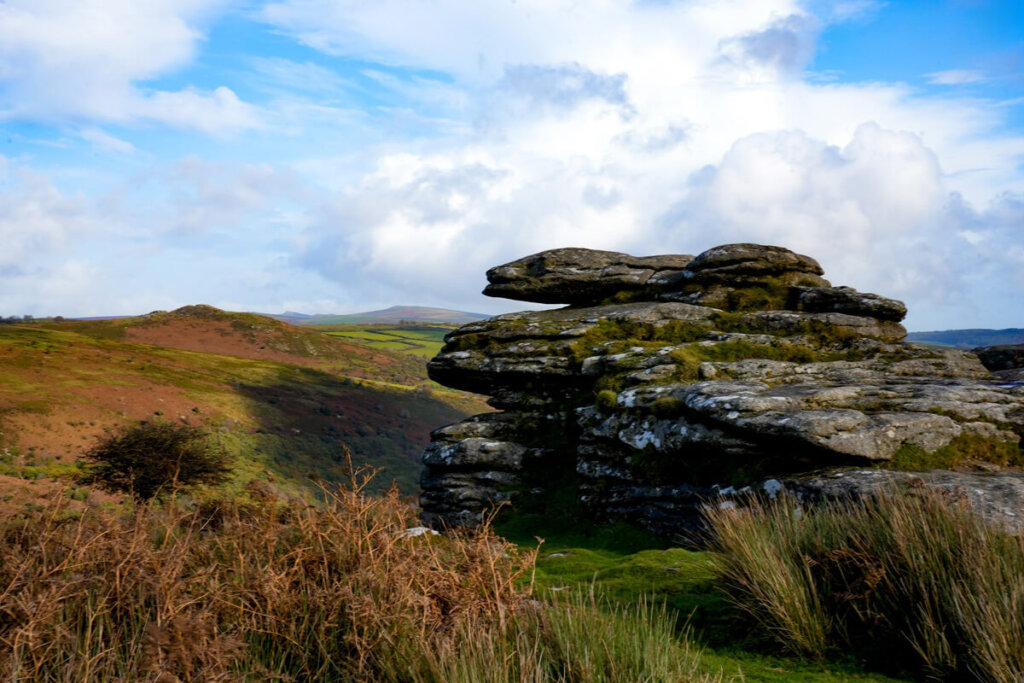
Final Thoughts on Places to Visit in Dartmoor National Park
Dartmoor National Park is huge and we quickly realised that it has way more things to do than we had time for. We had to split a week between Exmoor and Dartmoor National Parks, however we could’ve easily just spent a full week in Dartmoor without running out of things to do. Obviously spotting some Dartmoor ponies was the best part of our visit, as well as enjoying some incredible views from the tors. Parts of the national park actually reminded us of our local national park, the Peak District, in the north of England.
Have you ever been to Dartmoor National Park before? If so, how much of the park did you manage to see? If not, would you want to visit Dartmoor National Park in the future? Let us know in the comments below.

